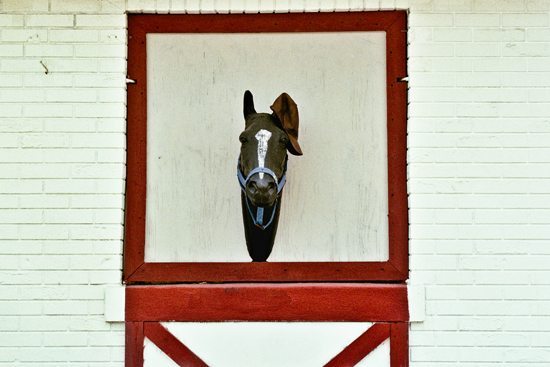


On a different thread, common photographs – photographs that seem only to need common sense to establish their meaning – seem to fit naturally with the concept of hieroglyphs in that their form is fixed like a hieroglyphic symbol and that they seem to remain outside the purview of theory. This likeness is exemplified by a common claim that certain photographs have a significance which transcends their literal content, which may or may not be expressed in words. This concept is particularly strong in Humanist photography through what is known as ‘the decisive moment’. In a roundabout way this idea of the pregnant moment appeared in painting earlier in art history and earlier still in sculpture as the idea that art’s highest calling was to depict human expression in its ideal, all encompassing form. What results is an assumption of discursive clarity. The concept of hieroglyphs functions in exactly this way; the hieroglyph is an unambiguous symbol – meaning is set and communicated without difficulty.


















